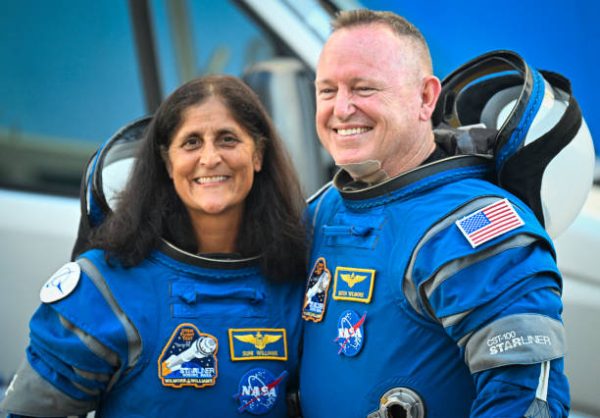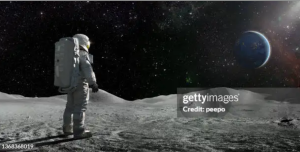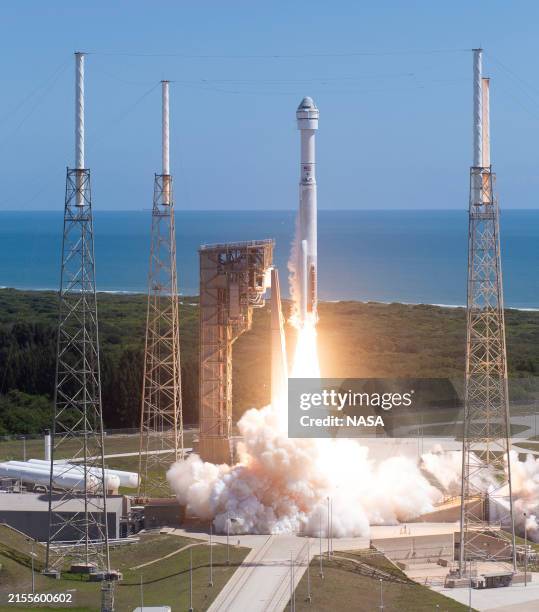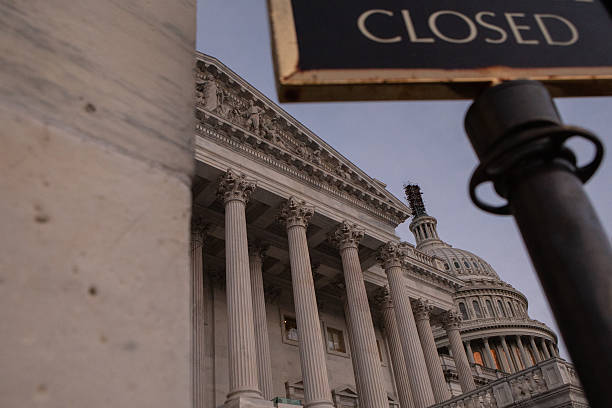Two astronauts, planning for an eight-day trip to explore a new way to travel back and forth from the International Space Station, have found themselves at the ISS for the past two months. Their vessel, the Boeing Starliner, was built off of a $4.2 billion contract with NASA; the capsule had been riddled with problems from the first launch where it failed to reach orbit, luckily without humans inside. During the next launch in 2022, two of the Starliner’s thrusters failed; backup thrusters were successfully used and the vessel was re-docked. In 2o23, the parachute system was found to have issues, and the tape used to hold wires proved to be a fire risk.

This year, while astronauts Butch Wilmore and Suni Williams were strapped in, a valve had to be replaced and the Boeing invention was found to be leaking helium, which NASA decided was not concerning enough to be a risk to the operation. As the craft was soon to reach the ISS, five of the twenty-eight thrusters failed, and four new helium leaks were found.
Boeing will be in charge of the on-ground rescue operation, focusing on hazmat and extrication. According to The Boeing CCTS (Commercial Crew Transport system) Program Document, “The current team consists of 18 Boeing Fire Department personnel from around the country. CST-100 team members are selected based on their behaviors, work ethics, and ability to work in remote conditions as a cohesive team.” The CCTS consists of a Red, Gold, and backup team.
The Red team will be in charge of transporting the astronauts to a medical vehicle, either a truck or a helicopter. The Gold team will monitor the hydrazine levels in the air, in case of a leak, and assist in the setup of decontamination areas if that becomes a concern.
According to the CDC, “Breathing hydrazines for short periods may cause coughing and irritation of the throat and lungs, convulsions, tremors, or seizures. Breathing hydrazines for long periods may cause liver and kidney damage, as well as serious effects on reproductive organs.” With other concerns for the astronauts’ health from an extended time in space, breathing in hydrazine is not an ideal circumstance.
















